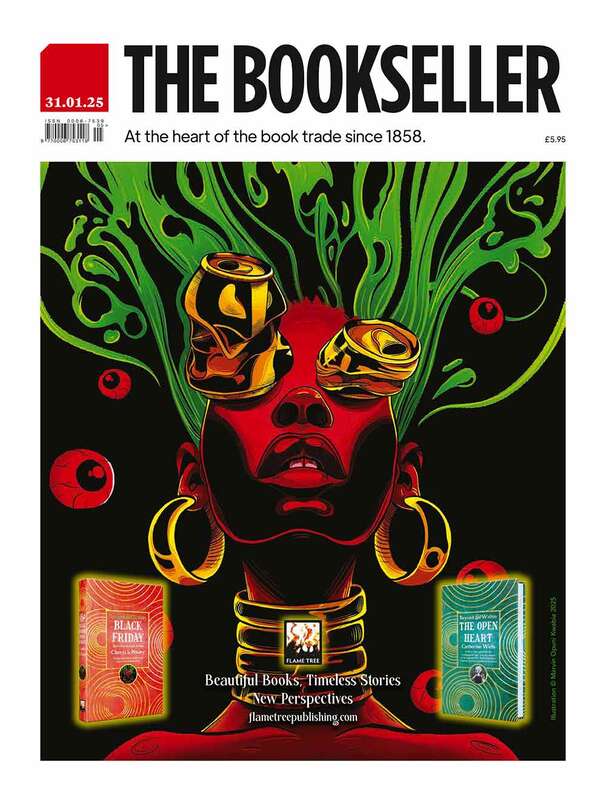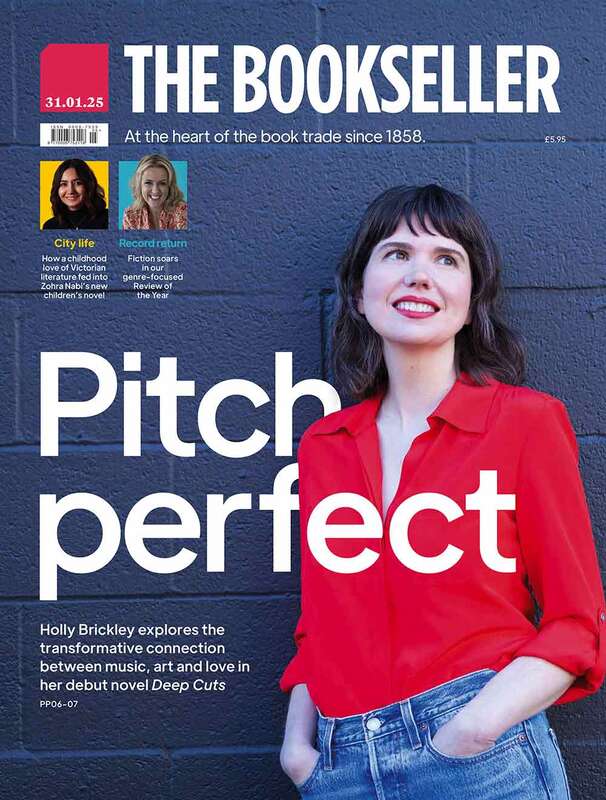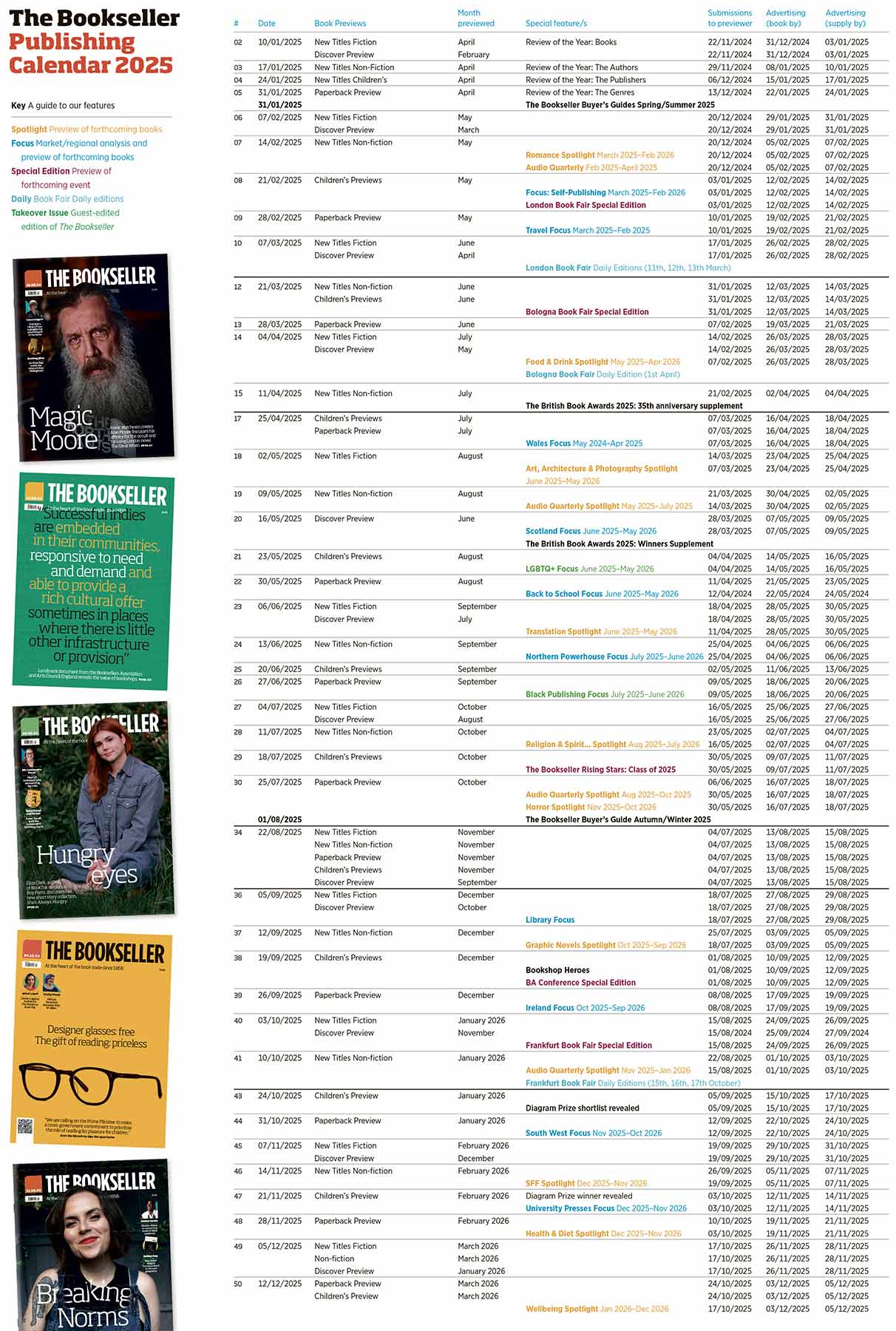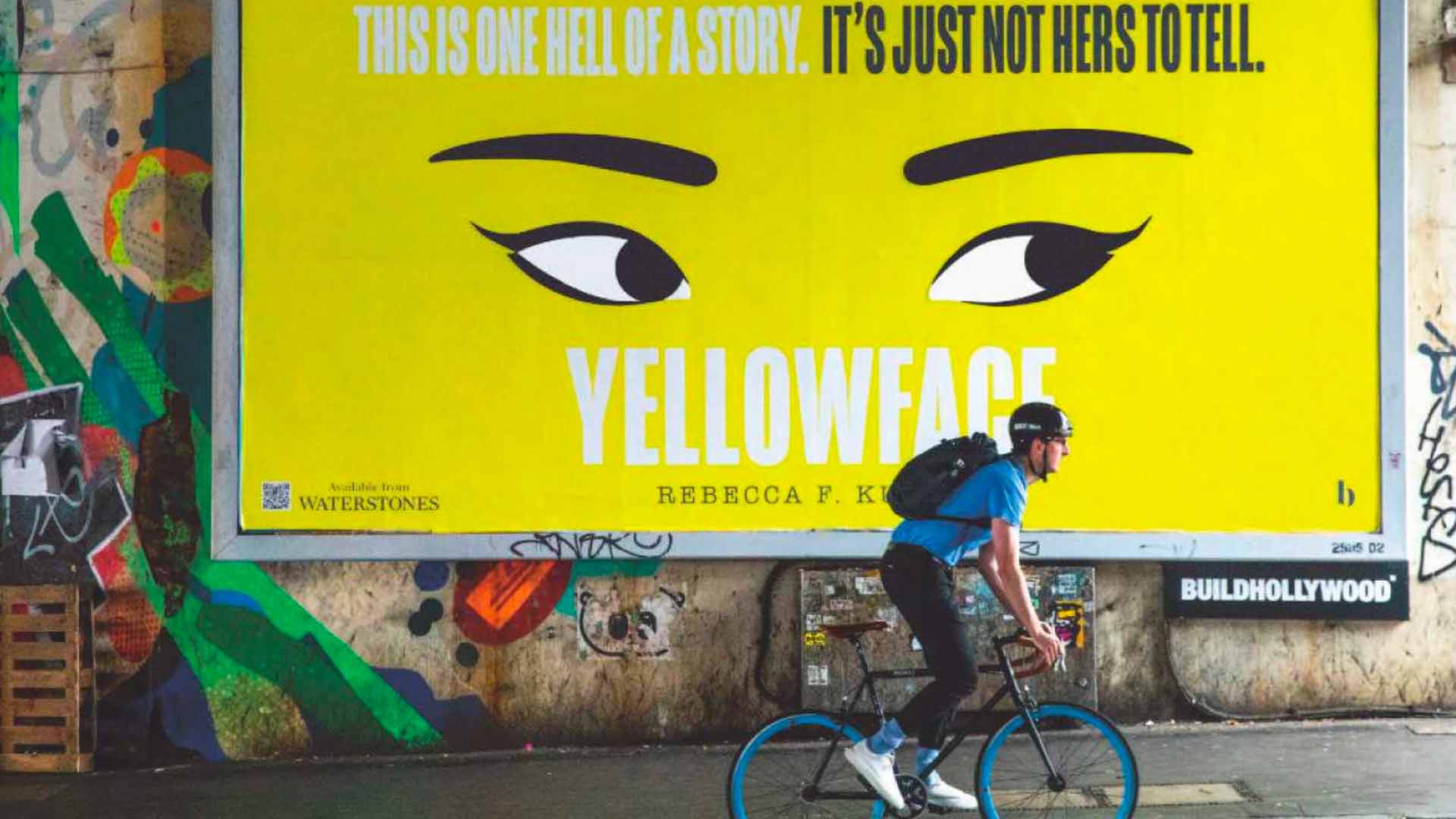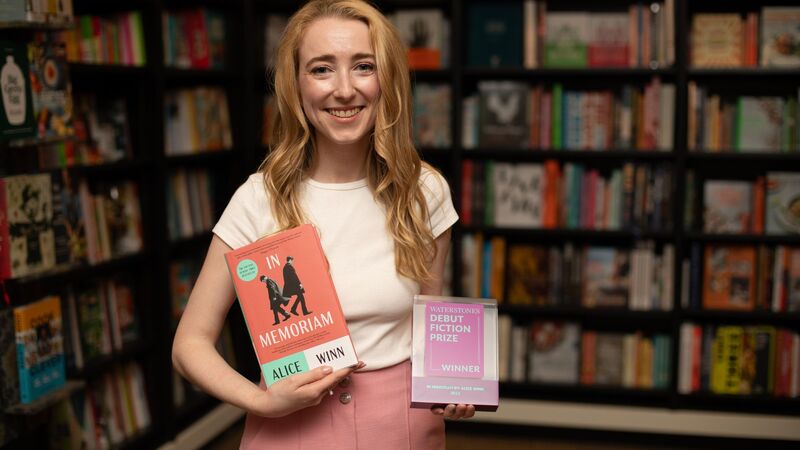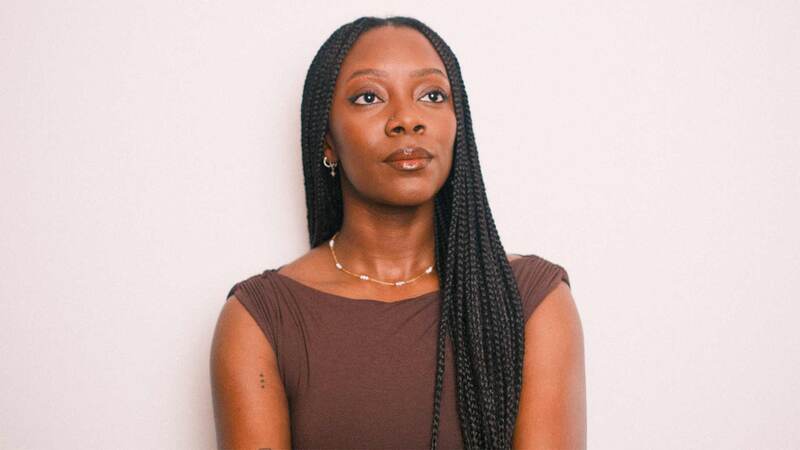Five ways top brands cut through the noise
Investing time in building your brand can not only expand your business into new markets and reach new audiences, it can also be the defining factor of whether your consumers return to you at all. Whether it’s an imprint, début novel, literary festival, publisher, charity, or series author, having a strong brand identity creates long-lasting trust and loyalty.
Here are five tips for building your brand to cut through the noise.
Spend time on the why and what
The best brands can answer the why and what clearly with a balance of delivering information and being compelling. I really like Asda’s new tag line: “That’s more like it.” It separates them from competitors. The Reading Agency’s “Everything changes when you read” gets to the heart of the charity. And I loved the tag line for David Nicholls’ hit One Day, which returned for its recent Netflix adaptation: “Twenty years. Two people. One day.” Last week Audible launched its new brand position, which simply answers the why: “There’s more to imagine when you listen.”
Why read this book? Why choose this author, this series, this publisher? Why spend time with these pages, in this store, at this festival? What does your brand deliver? What does it stand for? Why is it better than its competitors? Publishing language can be a trap, so keep editing down. When faced with what is often referred to as the ‘elevator pitch’, I would argue you have even less time to grab your audience’s attention. Be simple, bold, direct and colourful. And practise saying it out loud.
When you have a clear understanding of your brand, your target audience and your marketing channels, you can then have fun in the activities you choose to invest in
Identify who you are talking to and where they are
Spend time with consumer insight—whether that’s via an insight team or your own analytics—to understand who you are talking to and who you want to reach. Where do they shop? What activities do they do? What issues are they concerned with? How do they communicate with friends? What are they watching and listening to? You can build out your brand’s tone of voice and visual communication guidelines on these insights. It doesn’t need to be long and can help give structure to all your activity, though each treatment might be different. For example, the tone of voice for the RSPB newsletter is very different to their brilliant TikTok channel. The visual tone of voice on Canongate’s Instagram is a brilliant example of being striking and consistent.
When you have small teams, don’t spread yourself too thinly across too many social channels and digital products. Choose where you are going to talk to your target audience best, and create strategies around this channel.
Consider the impact of colour
Last summer, with the release of “Barbie” in cinemas, pink dominated all. This was a masterclass in how brands can use colour. Owning a colour isn’t easy and goes way beyond logo design. Skilful planning and execution is needed across all elements of brand and advertising. Some of our strongest publishing brands would not stand out in a bookshop or Instagram feed without a consistent use of colour: the orange of Penguin Classics, the red of Vintage, the green spines of Virago Modern Classics and Fitzcarraldo Editions’ Klein blue.
Successful book marketing builds on standout colours from the book jacket design, creating physical and digital assets that are bold and consistent through a whole campaign, from the lime green of The Testaments by Margaret Atwood to the ubiquitous amber of Yellowface by R F Kuang. I predict we’ll be seeing a lot more deep blue in bookshops this autumn, with the publication of Sally Rooney’s latest Intermezzo. Increasing recognition by up to 80% and influencing mood and perception, take time to craft the colour palette of your brands and create style guides for consistency.
Build community
Find your audience and bring them together. This could be through small, interest-led events, such as Faber’s Members events, or through immersive, experiential marketing that gives a hands-on experience to consumers. The recent Alice Oseman pop-up is a brilliant example of bringing fans together, and all book marketers sat up and paid attention last summer when HarperVoyager launched the first TikTok creator house.
Digital activation is a powerful and essential tool though which you can foster engagement and encourage user-generated content. Reese Witherspoon’s online book club is an example of how impactful a digital community can be. I also love smaller examples such as Penguin’s weekly #askpenguin on Twitter/X, where readers can ask for personal recommendations.
Is there an anniversary or celebration day your brand can really own each year for fans or even create? The 13th September is now Roald Dahl Story Day, celebrated on his birthday. One of my favourites is Towel Day, a tribute to Douglas Adams on 25th May, when The Hitchhiker’s Guide to the Galaxy fans take a towel with them for the day.
Be authentic and have fun
When you have a clear understanding of your brand, your target audience and your marketing channels, you can then have fun in the activities you choose to invest in. If you’re not excited and fired up by your brand and the activity you are doing, your audience probably won’t be either.
Ruth Waldram worked as Vintage’s brand director for eight years, developing brand identity and devising multi-channel campaigns for Vintage Classics. Before this she was an award-winning publicist. Ruth can be contacted at rawaldram@gmail.com. She will be delivering one-on-one brand and marketing surgeries at this year’s M&P Conference


